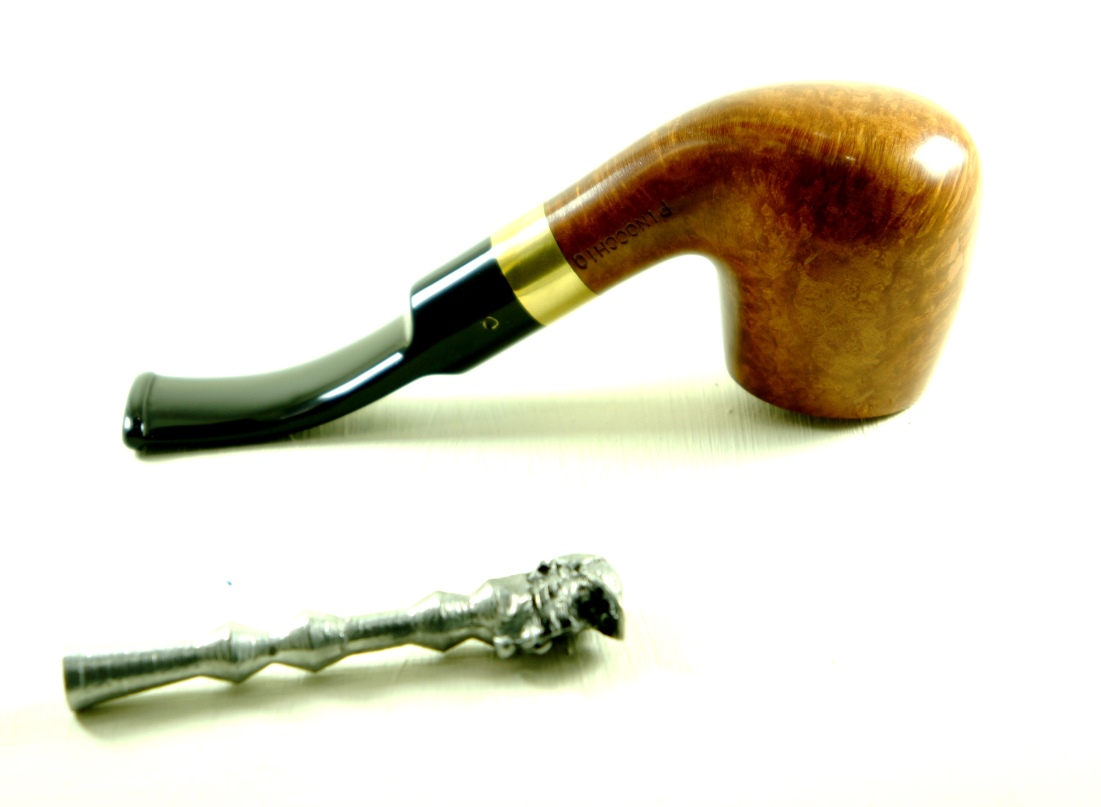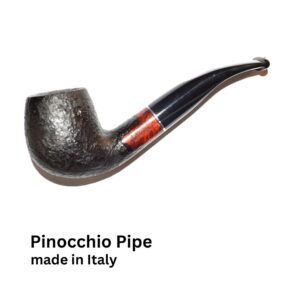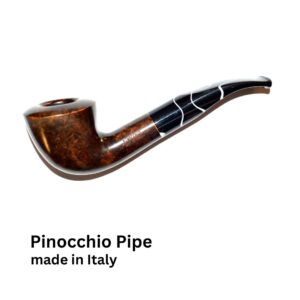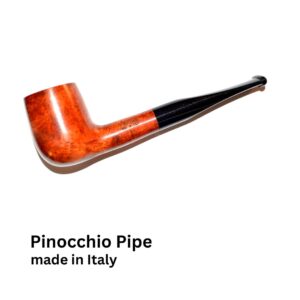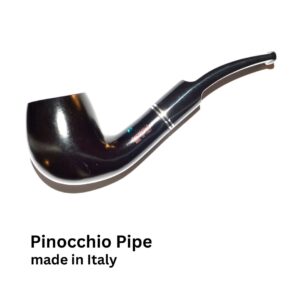Tobacco Pipe, Understanding Pipe Quality Beyond Appearance
Every seasoned pipe smoker knows that a tobacco pipe’s quality goes beyond its surface aesthetics. The wood type, briar source, and pipe finish directly influence the smoking experience, pipe durability, and overall value. In this comprehensive guide, we’ll explore common tobacco pipe finishes, briar block types, wood sources, and their impact on your next pipe purchase.
Briar Wood and Pipe Sources
Erica Arborea (Briar Wood)
Premium pipes are primarily made from briar wood, sourced from the Erica Arborea tree. Native to Mediterranean regions such as Italy, Turkey, Tunisia, and surrounding islands, briar wood offers excellent heat resistance, fine grain, and polishability, making it the top choice for pipe craftsmanship.
Browse Our Premium Briar Pipes Collection
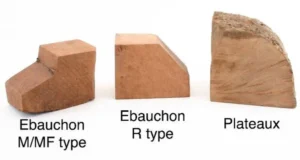
Types of Briar Blocks
Briar blocks are categorized based on root quality, wood age, and density:
Mediterranean & Italian Blocks: High-quality blocks, ideal for Ambra and Selected finishes.
Turkish & Scandinavian Blocks: Suitable for Rustic and Sandblast finishes, durable with natural grain patterns.
Old Root Blocks: Decades-old roots provide consistent smoke, pure flavor, and a premium smoking experience.
Pipe Block Preparation
Step 1 – Root Selection
Briar roots are carefully selected by experts based on age, quality, and origin.
Step 2 – Thermowood Treatment
Selected roots undergo gentle heat treatment (Thermowood) to remove moisture and resin. This process enhances durability and ensures a flawless smoking experience while preventing sap-related bitterness. Contrary to common belief, thermowood treatment is a long-term process that can take over a year. Learn more in our article: Thermowood in Pipe Making.
Step 3 – Initial Shaping
Roots are cut into workable cubes for pipe craftsmanship.
Step 4 – Quality Classification
Blocks are graded based on grain clarity, blemishes, and density into categories such as Ambra, Selected, Noce, and more.
Common Pipe Finishes
Ambra
Light-colored, flawless block
Smooth, uniform smoke
Often polished with a glossy coat for premium appeal
Selected
Slightly darker than Ambra
Consistent smoke quality
Classic and uniform appearance
Noce
Walnut hue, slightly darker
Easy maintenance
Comparable smoke quality, slightly lower price
Rustica
Heavily textured surface
Resistant to heat and impact
Slightly lighter smoke, ideal for daily use
Minor imperfections hidden
Sandblast
Stone-blasted texture
Rugged, unique appearance
Durable with pleasant smoking experience
Platu
Minimal shaping of outer root portion
Rare and collectible
Premium smoke and longevity
Color Finish
Colored coatings: black, white, silver, or multi-color
Some finishes provide heat insulation
Modern aesthetic appeal
How Pipe Finish Affects Smoking Experience
Ambra & Selected: Smooth, consistent, and enjoyable smoke for everyday or formal use
Noce / Smooth: Resilient smoke similar to Ambra
Rustica / Rochata: Lighter smoke, natural rugged look, highly durable
Sandblast / Sabbia: Long-lasting, easy to smoke, visually striking
Platu: Artistic and collectible, perfect for display
Color Finishes: Primarily aesthetic, some offer heat protection
How Finish and Block Type Influence Pipe Pricing
Ambra & Selected: Highest price, consistent smoke
Noce: Slightly more affordable, similar smoke quality
Rustica & Sandblast: Mid-range, ideal for daily use
Platu: Rare, collectible, top-tier pricing
Color Finish: Price varies depending on paint type and technique
Selecting a pipe involves more than appearance alone. Understanding the differences in Ambra, Selected, Noce, Rustica, Sandblast, and Platu finishes will help you make smart, informed purchases for a superior smoking experience.
